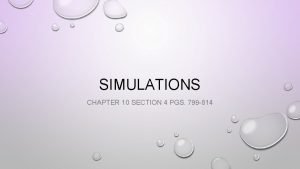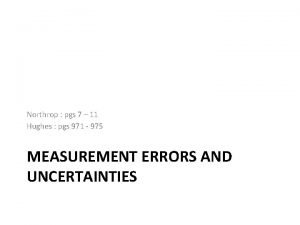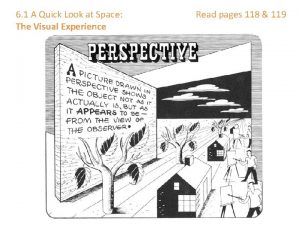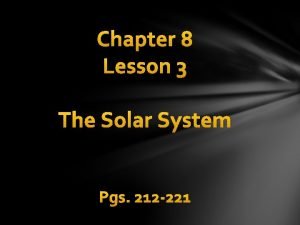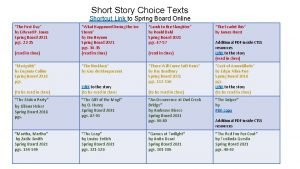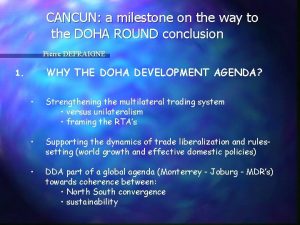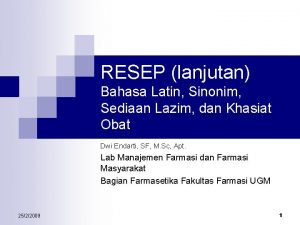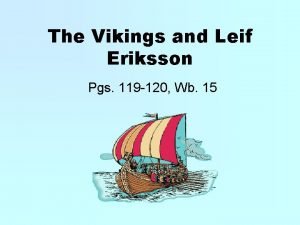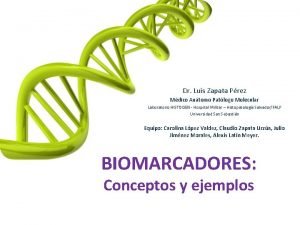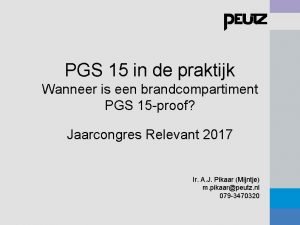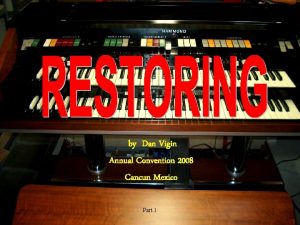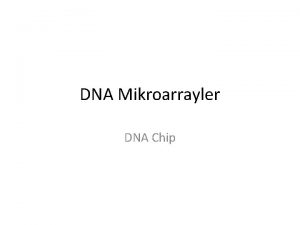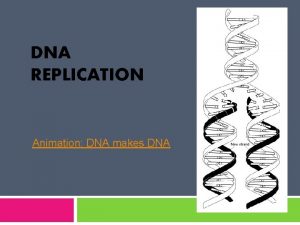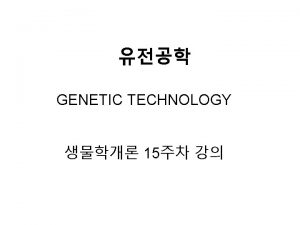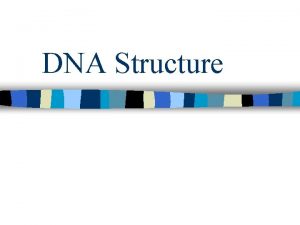12 1 DNA Interactive Notes pgs 2 87















- Slides: 15

12 -1 DNA Interactive Notes pgs. 2 87 -294

So far… 0 We have learned about genetic inheritance 0 But what are genes and how do they work?

Griffith’s Experiments 0 1928: Frederick Griffith was studying strains of bacteria that cause pneumonia in mice 0 2 strains: 0 Disease-causing: produced smooth colonies 0 Harmless: produced rough colonies 0 Griffith mixed heatkilled disease-causing bacteria with harmless bacteria Mice died 0 *Transformation: A factor (DNA) from the heat-killed bacteria was transferred to the harmless


Avery’s Experiments 0 1944: Oswald Avery wanted to determine what molecule was important for transformation 0 Prepared an extract from the heat-killed bacteria 0 Used different enzymes to destroy proteins, lipids, and carbohydrates 0 Transformation still occurred 0 Transformation did NOT occur when he used enzyme to destroy DNA 0 * Main Idea: DNA causes transformation

No n o i t a m or f s n a r T

The Hershey-Chase Experiment 0 1952: Alfred Hershey and Martha Chase studied bacteriophage, a virus that infects bacteria 0 Protein coat with DNA or RNA core 0 They used radioactive markers 32 P and 35 S to determine that DNA was injected into bacteria **Main idea: The genetic information from the bacteriophage virus was DNA not protein


The Components of DNA 0 Long molecule made up of units called nucleotides 0 3 basic parts of a nucleotide: 5 -carbon sugar (deoxyribose) Phosphate group Nitrogenous base (4 types) 0 Sugar-phosphate backbone

4 Kinds of Nitrogenous Bases 0 Purines 0 Adenine 0 Guanine 0 Pyrimidines 0 Cytosine 0 Thymine

Chargaff’s Rules 0 Erwin Chargaff analyzed the percentages of each nucleotide in a sample of DNA 0 In DNA: 0 [A] = [T] 0 [G] = [C]

X-ray Evidence 0 Rosalind Franklin used X-ray diffraction to learn about the structure of DNA: 0 Strands of DNA are twisted around each other in the shape of a helix 0 There are 2 strands of DNA 0 Nitrogenous bases are in the center of the molecule

The Double Helix 0 At the same time as Franklin was working on X-ray diffraction, Watson & Crick were working on building a 3 -D model of DNA 0 Able to use Franklin’s work to build structural model of DNA 0 Double helix with 2 strands wound around each other like “twisted staircase”

More about the structure of DNA… 0 Hydrogen bonds between nitrogenous bases hold the DNA strands together 0 Base pairing: 0 Adenine bonds with thymine 0 Guanine bonds with cytosine Remember Chargaff’s Rules!!!


